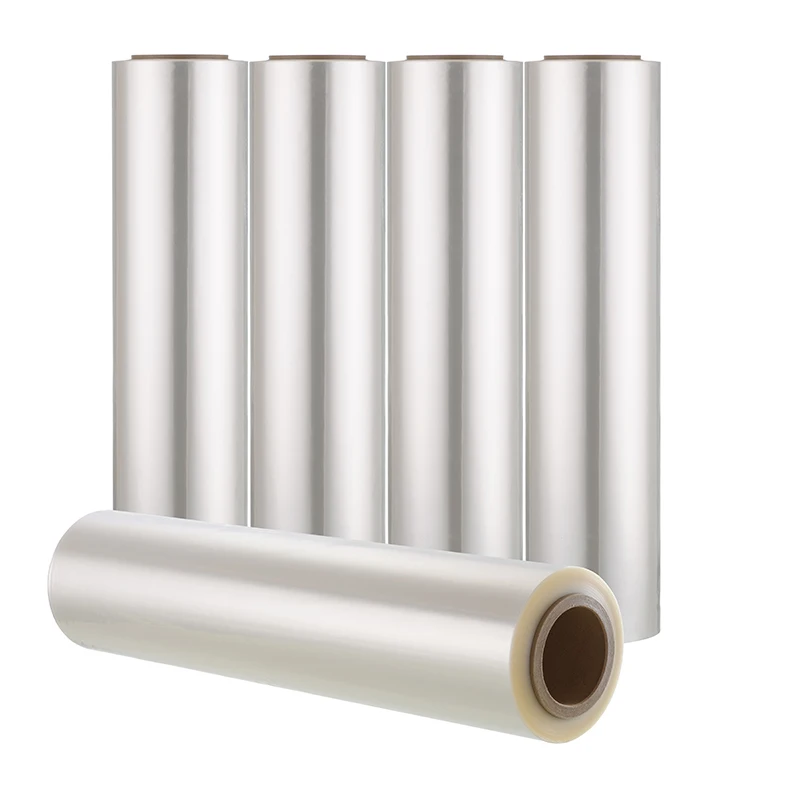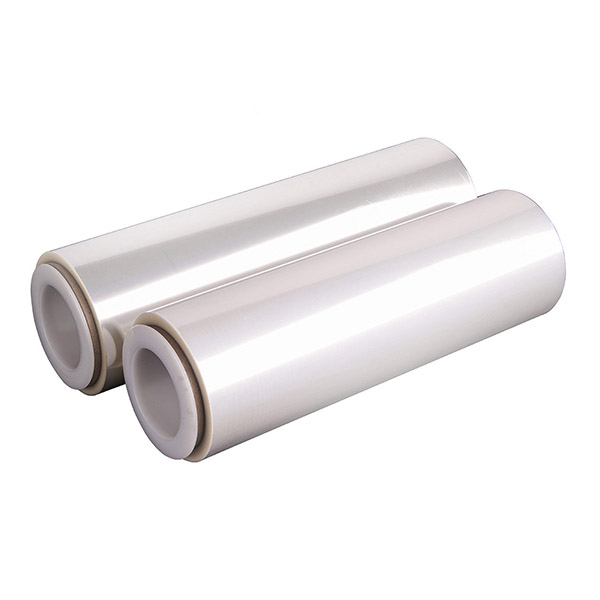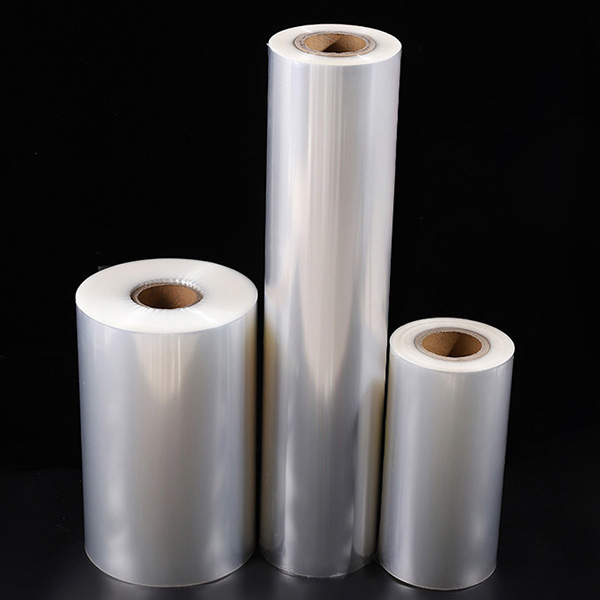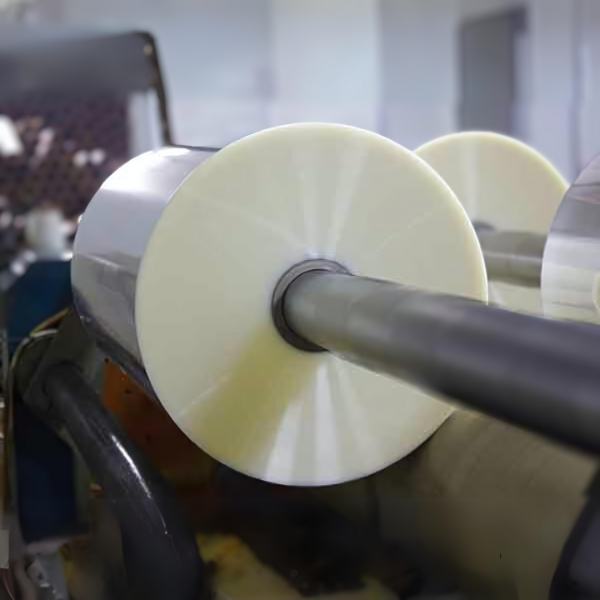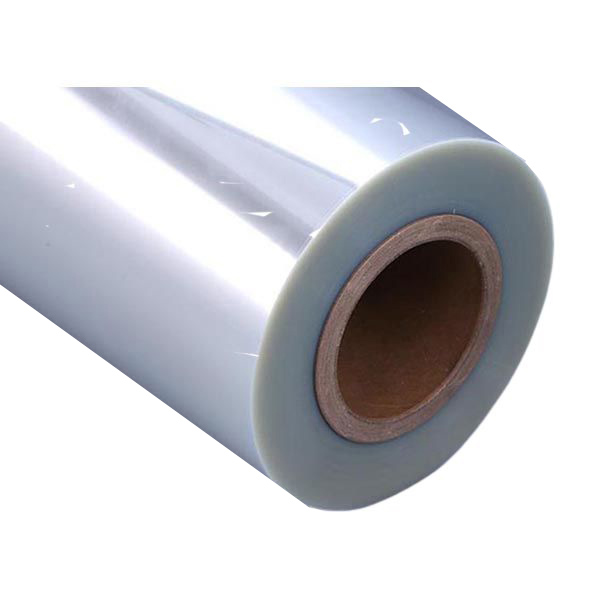Introduction: The Hidden Challenge of Plastic Film Adhesion
In the world of packaging, electronics, and medical device manufacturing, plastic films are indispensable. Yet their smooth, non-polar surfaces pose a critical problem: poor adhesion. Labels peel off, inks smudge, and coatings fail—costing industries billions annually. This is where corona treatment emerges as a game-changer.
By modifying the surface chemistry of plastic films without altering their mechanical properties, corona treatment transforms “non-stick” surfaces into high-adhesion substrates. In this comprehensive guide, we’ll explore how corona treatment works, its applications across industries, equipment selection tips, and answer your most pressing questions.
Whether you’re a production engineer, purchasing manager, or technical researcher, this blog will equip you with actionable insights to optimize your plastic film performance.
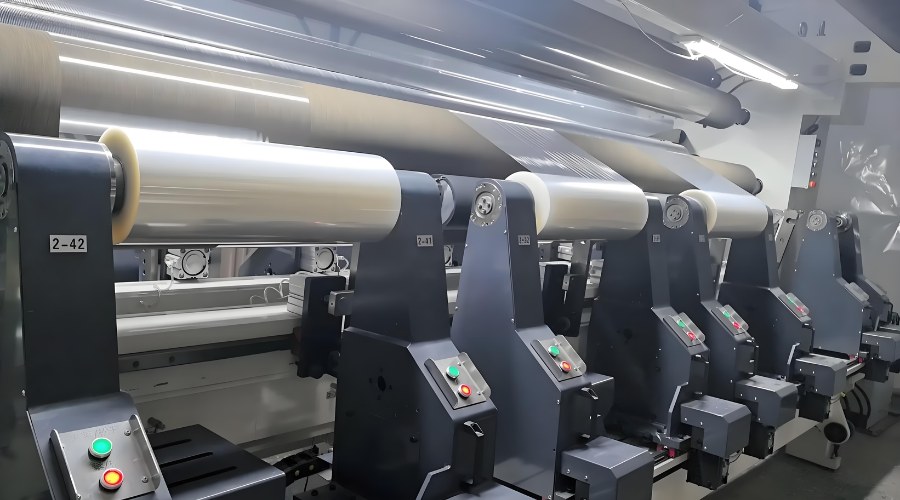
Fundamentals: What Exactly Is Corona Treatment?
1.1 Definition and Scientific Principles
Corona treatment is a surface modification process that uses high-frequency, high-voltage electrical discharge to create a plasma field. When plastic film passes through this ionized air (corona), energetic electrons break molecular bonds on the film’s surface, generating free radicals.
These radicals react with oxygen in the air to form polar functional groups—hydroxyls (-OH), carboxyls (-COOH), and carbonyls (C=O)—dramatically increasing surface energy.
Technical analogy: Imagine a water droplet on a waxed car (low surface energy) versus a clean glass (high surface energy). Corona treatment converts the “waxed car” surface of plastic film into a “clean glass” surface, allowing liquids (inks, adhesives) to spread evenly rather than bead up.
1.2 Why Plastic Films Are Unique Challenges
Plastic films like polyethylene (PE), polypropylene (PP), and polyethylene terephthalate (PET) are inherently hydrophobic with surface energies ranging from 20–40 dynes/cm. Most inks and adhesives require a minimum surface energy of 38 dynes/cm to bond effectively. The table below compares untreated vs. treated surface energies for common films:
| Plastic Film Type | Untreated Surface Energy (dynes/cm) | Typical Treated Surface Energy (dynes/cm) | Industry Requirement |
|---|---|---|---|
| Low-Density PE (LDPE) | 28–30 | 38–42 | Packaging: 38+ |
| Polypropylene (PP) | 26–28 | 40–44 | Lamination: 40+ |
| PET | 40–42 | 50–55 | Electronics: 50+ |
| PVC | 35–38 | 45–50 | Medical: 45+ |
Technical Breakdown: How Corona Treatment Works in Practice
2.1 Core Equipment Components
A standard corona treatment system includes:
- High-frequency generator: Converts AC power to 10–50 kHz high-voltage output (5–30 kV).
- Electrode assembly: Metal blades or rods (tungsten or stainless steel) positioned 1–3 mm above the film.
- Dielectric roller: A rubber or ceramic-covered roller that grounds the system and supports the film.
- Web handling unit: Controls film tension, speed (1–15 m/s), and alignment to ensure uniform treatment.
2.2 Step-by-Step Process Flow
- Unwinding: The film roll is loaded onto an unwinder with tension control to prevent wrinkling.
- Treatment Zone: Film passes between the electrode array and dielectric roller. The generator sends high voltage to the electrodes, ionizing air into plasma (corona discharge).
- Surface Modification: Plasma ions etch the film surface, creating micro-roughness and introducing polar groups.
- Cooling & Inspection: Treated film passes through a cooling roller to stabilize surface changes, then undergoes inline dyne testing.
- Rewinding: Treated film is rewound onto a core, ready for conversion (printing, laminating, etc.).
2.3 Critical Process Parameters
- Power density: Measured in W·min/m² (e.g., 15 W·min/m² for thin PE films). Too low = insufficient treatment; too high = film scorching.
- Electrode gap: 1–3 mm (narrow gaps = more intense treatment but higher risk of arcing).
- Treatment speed: Balanced with power density (e.g., 5 m/s speed requires higher power than 2 m/s).
Industry Applications: Where Corona Treatment Drives Value
3.1 Packaging & Printing
- Flexible packaging: Snack bags, beverage labels, and pouches rely on corona-treated films to prevent ink rub-off. For example, BOPP films for potato chip bags require 40 dynes/cm to ensure vibrant, smudge-proof graphics.
- Lamination: Multi-layer films (e.g., PE/PET for juice boxes) need corona treatment to bond layers without delamination.

3.2 Electronics & Renewable Energy
- Lithium-ion batteries: Corona-treated PP separators improve electrolyte wettability, enhancing battery performance and lifespan.
- Solar panels: PET backsheets are treated to bond with encapsulants, ensuring long-term durability in harsh environments.
3.3 Medical & Healthcare
- Sterile packaging: Tyvek® and PP films for medical device packaging require 45+ dynes/cm to seal securely and resist bacterial penetration.
- IV bags: PVC films are treated to bond with drug-compatible coatings, preventing leakage.
3.4 Automotive & Industrial
- Automotive films: Decorative films for dashboards need treatment to adhere to adhesives under extreme temperature fluctuations.
- Protective films: Anti-scratch coatings on appliances bond better to corona-treated PET films.
Equipment Selection Guide: Choosing the Right Corona Treater
4.1 Types of Corona Treaters
| Treater Type | Best For | Typical Speed Range | Price Range (USD) |
|---|---|---|---|
| Offline Batch Treaters | Small production runs, lab testing | 0.5–3 m/s | $15,000–$40,000 |
| Online Integrated Units | High-volume production lines | 3–15 m/s | $50,000–$300,000 |
| Atmospheric Plasma Jets | Complex 3D surfaces (non-roll films) | N/A (stationary) | $20,000–$80,000 |
4.2 Key Buying Considerations
- Film width: Ensure the treater covers your maximum film width (e.g., 1.6m for narrow rolls, 5m for wide web).
- Energy efficiency: Modern generators with digital controls reduce power consumption by 20% vs. older models.
- Safety features: Look for automatic spark detection and emergency shutdown to prevent film damage.
- After-sales support: Critical for maintenance—choose suppliers with local service teams (e.g., U.S.-based vs. overseas).
FAQs: Expert Answers to Common Questions
Q1: How long does corona treatment last?
A: Treated surfaces remain active for 1–3 months under ideal storage (cool, dry, dark conditions). For long-term projects, combine treatment with primers or in-line conversion within 48 hours.
Q2: Can over-treatment damage the film?
A: Yes. Excessive power density causes surface oxidation, weakening the film and leading to brittleness or discoloration. Always test with a sample first.
Q3: Is corona treatment environmentally friendly?
A: Yes. Unlike chemical primers, it uses only electricity and air, producing no volatile organic compounds (VOCs) or hazardous waste.
Q4: How do I measure treatment effectiveness?
A: Use dyne test pens (quick field test) or contact angle goniometers (laboratory precision). Dyne pens with values like “38” will spread evenly on properly treated film.
Q5: Can all plastic films be corona treated?
A: Most thermoplastics can, but fluoropolymers (e.g., PTFE) require plasma treatment instead. Consult your film supplier for compatibility.
Conclusion: Transform Your Plastic Film Performance Today
Corona treatment is not just a process—it’s a critical enabler for high-quality plastic film applications. By increasing surface energy, it solves adhesion challenges that would otherwise limit product durability, aesthetics, and functionality. From packaging to medical devices, its impact spans industries, making it a cornerstone of modern manufacturing.
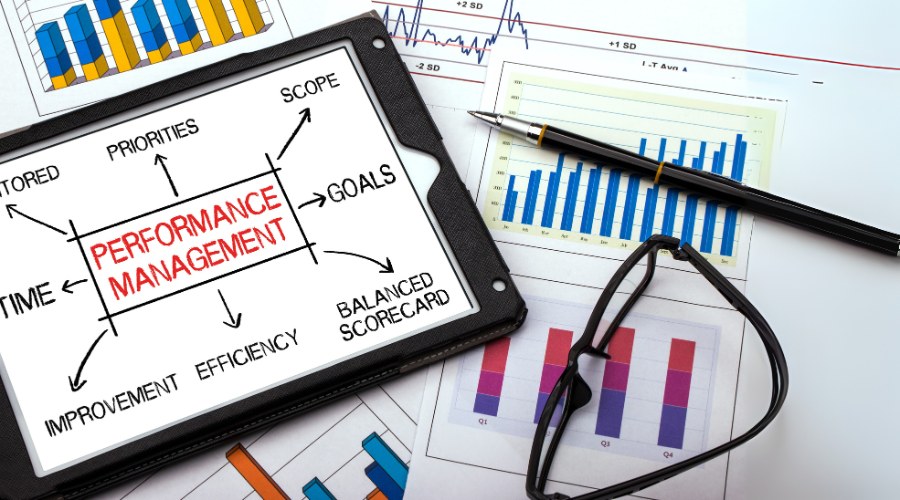
About CloudFilm ☁️
At CloudFilm, we specialize in corona-treated plastic films engineered for peak performance. Our state-of-the-art production lines ensure consistent surface energy (38–72 dynes/cm) across PE, PP, and PET films, tailored to your industry’s unique needs—whether you’re printing snack bags, laminating battery components, or packaging medical devices.
With ISO 9001 certification and a global distribution network, we deliver reliability, quality, and technical support that sets us apart. Ready to elevate your film’s adhesion? Contact our team today for a free sample and consultation.









